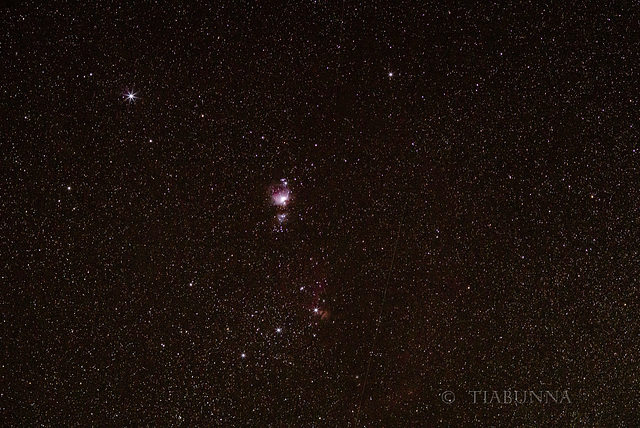Made in the USA
The Plain of Jars (Site 1)
Roadside stall
Phou Khoun
Phou Khoun
Village Women Union
Choose your colour
Hill village
Hill village women
The bird catchers
In the highlands
View from the restaurant
Along the road
School's out
I spy umbrellas
Roadside cascades
Goodbye - 75 years ago
Sunset on the Mekong
Billy goat box
The guard dog
Poincianas
Along the jetty
The telescope
Red cars go faster
Empty house
Coco
Not just ipernity!
The Explorer and The World
Outback tin man
2017 is here!
Collapsing
Car drop triptych
Big night at the pub
Ghost of Christmas (long) past
Through the salt pans
Vale, Don.
Goanna portrait
90 Mile Beach
Dawn below
Ballooning upward
Up, up and away
The visitor
Over the lake
Canberra - Australia's Capital City
Futuristic
40 sec. • f/5.6 • 100.0 mm • ISO 6400 •
RICOH IMAGING COMPANY, LTD. PENTAX K-1
smc PENTAX-FA MACRO 100mm F2.8
EXIF - See more detailsSee also...
Keywords
Authorizations, license
-
Visible by: Everyone -
All rights reserved
-
635 visits
Out of this world


Looking north toward Orion and the M42 nebula (those of you in the northern hemisphere usually see this upside down) using the astrotracer in the K-1. This repays viewing large and if you look carefully you will may the traces of no fewer than four satellites (none were visible to the naked eye) - the underlying concern in the film "Gravity" about space junk becomes understandable, even if the science in the film was sometimes questionable. Here's the obvious music (I passed over the version by George Clooney's aunt.:-) ).
, , Tractacus, and 14 other people have particularly liked this photo
- Keyboard shortcuts:
Jump to top
RSS feed- Latest comments - Subscribe to the comment feeds of this photo
- ipernity © 2007-2024
- Help & Contact
|
Club news
|
About ipernity
|
History |
ipernity Club & Prices |
Guide of good conduct
Donate | Group guidelines | Privacy policy | Terms of use | Statutes | In memoria -
Facebook
Twitter

Was sad to see Gene Cernan died today. We are fast losing our astro heros.
tiabunna club has replied to Pam J clubtiabunna club has replied to Gudrun clubGrahamH club has replied to tiabunna clubtiabunna club has replied to GrahamH clubGrahamH club has replied to tiabunna clubtiabunna club has replied to Annemarie clubtiabunna club has replied to Malik Raoulda clubAdmired in:
www.ipernity.com/group/tolerance
tiabunna club has replied to William Sutherland clubwww.ipernity.com/group/tolerance
www.ipernity.com/group/605303
Superb.
Sign-in to write a comment.